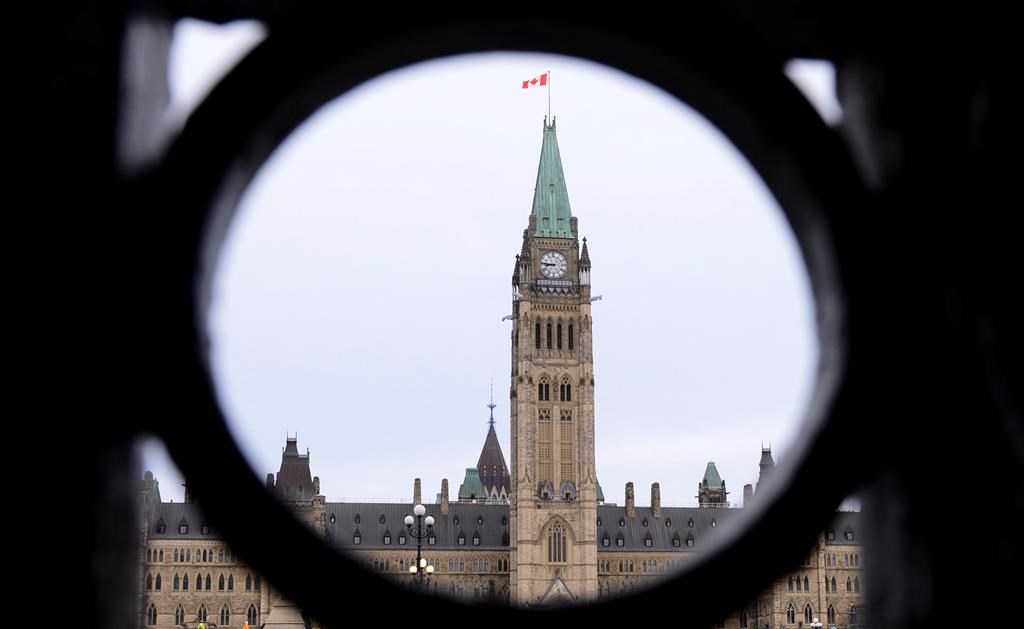B.C. announces extreme heat emergency alert system
Posted June 6, 2022 11:41 am.
Last Updated June 6, 2022 6:54 pm.
B.C. is expanding the Alert Ready system to cover extreme weather events like the heat dome we saw last summer.
There was widespread criticism of the NDP government for how it handled last year’s extreme heat, which began at the end of June and lasted a few days into July.
On Monday, BC Health Minister Adrian Dix also announced a new stream of funding for communities impacted by extreme heat “to provide funding to communities for heat risk mapping, assessment, and planning.”
The main issue last summer was no emergency alert was issued ahead of the blistering heat wave, in which temperatures peaked in the mid-40s. Hundreds of people died.
On Monday, Public Safety Minister Mike Farnworth said moving forward, there will be regional temperature thresholds throughout the province that will trigger the emergency alerts:
- Southwest: Daytime high of 29 C, nighttime low of 16 C
- Fraser: Daytime high of 33 C, nighttime low of 17 C
- Southeast (Langley interior region of B.C.): Daytime high of 35 C, nighttime low of 18 C
- Northeast: Daytime high of 29 C, nighttime low of 14 C
- Northwest: Daytime high of 28 C, nighttime low of 13 C
Alert Ready sends “life-threatening emergency alerts” to wireless devices, similar to an Amber Alert.
Calls to include extreme heat in such alerts increased when none were sent to residents of Lytton about the encroaching wildfire last June during the historic heat wave. Residents say they were told to leave at a moment’s notice by officials knocking on doors. Two people were killed in that fire, and nearly all the homes and buildings were lost.
Related articles: B.C. expects ‘growing pains’ as it rolls out Alert Ready for fires, floods
Farnworth says the emergency alert is one more tool for the toolbox, promising there will be more.
“We are waiting for the outcome of the coroner’s report … in terms of the heat dome, and I fully expect that will have other recommendations as well, which we will be able to act on,” Farnworth said Monday.
The new process also includes a guide for helping people prepare, bolstering ambulance response, and having communities map their most vulnerable people to provide quicker access in the case of an emergency.
Dix also said the province has created a guide in order to help people navigate extreme heat.
“It includes advice on how to cope and stay safe when temperatures rise; identify cool zones inside and outside of your home, such as community centers, libraries, or malls; and identify neighbors and family members who may be at risk during a heat event. If heat has a severe impact on you, or you live in a building that gets very hot, plan to go elsewhere during a heat event. If you live alone and need extra help, pick someone to check on you when temperatures rise.”
Aside from the heat, Dix also urged British Columbians to continue to be cautious and prepared for flooding. He said checking flooding insurance and being ready to leave your home at a moments notice is vital.
“Create grab-and-go bags for each member of your household with the essentials you’ll need. If you’re asked to evacuate. Protect your home by moving equipment and other objects to higher ground where possible. Make sure to clear perimeter drains eaves, troughs, and gutters. If you think you need sandbags to protect your home, you can contact your local government.”
Although B.C.’s summer weather remains tolerable for most, officials are expecting heat waves to ramp up this summer and Dix is reminding British Columbians to be prepared.
“We need to be ready for all kinds of emergencies. Take the time now to get you and your family ready for heat.”
With files from Claire Fenton, Liza Yuzda, Nikitha Martins, and Hana Mae Nassar










